PHILADELPHIA-It’s a moment that rhinoplasty surgeons dread: They’ve performed a surgery, the operation is over, then they realize that something has gone wrong. To fix it, there will have to be another surgery.
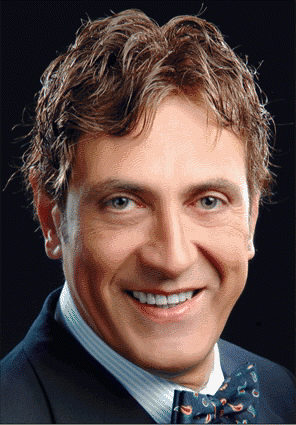

PHILADELPHIA-It’s a moment that rhinoplasty surgeons dread: They’ve performed a surgery, the operation is over, then they realize that something has gone wrong. To fix it, there will have to be another surgery.
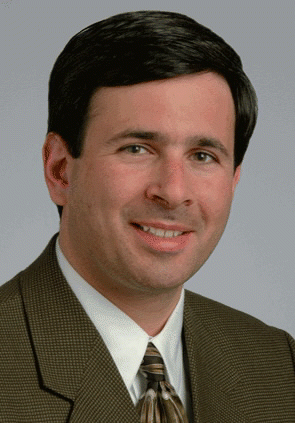
PHILADELPHIA-Constantly advancing computer technology in rhinologic surgery leads to the possibility of better patient care, but also can mean difficult decisions for surgeons weighing whether to make an expensive purchase. Three surgeons gathered to discuss some of the nuances of the technology in a mini seminar at Rhinology World 2009.
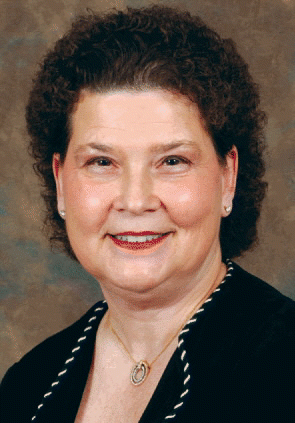
Lack of awareness surrounding exercise-induced paradoxical vocal fold movement (PVFM) as a cause of dyspnea may contribute to athletes being misdiagnosed and improperly treated.
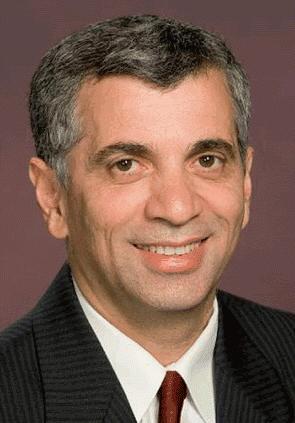
Management of laryngeal cancer with a laser has grown from a treatment strategy once derided as malpractice to a cornerstone that has become replete with complex considerations for laryngeal surgeons, according to panelists who discussed the history and the future of the use of the laser to treat throat cancer.
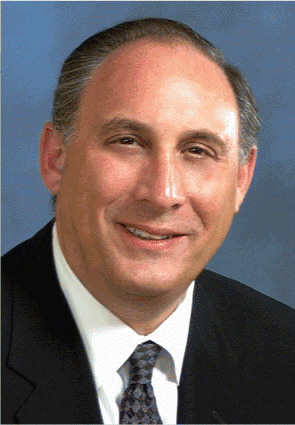
Part 2 of 3 articles
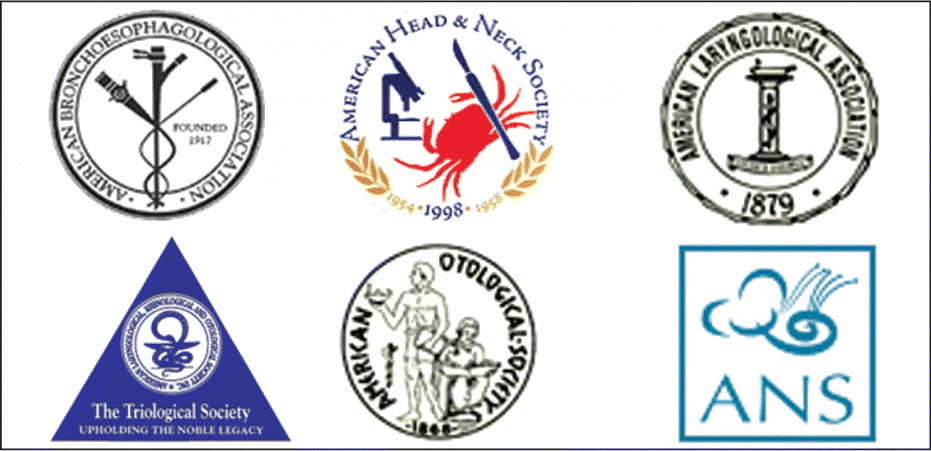
While the Arizona sun beats down on the JW Marriott Desert Ridge Resort & Spa in Phoenix at the end of this month, hundreds of leading otolaryngologists will be indoors sharing and learning about new developments in both basic and clinical research.
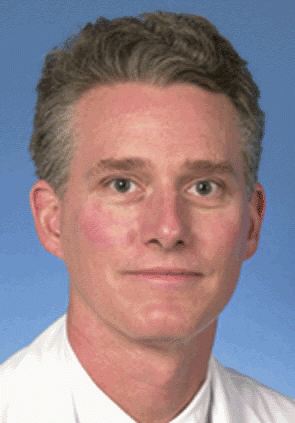
Removal of the submandibular gland using an oral pathway appears to be feasible and successful, doctors have reported.
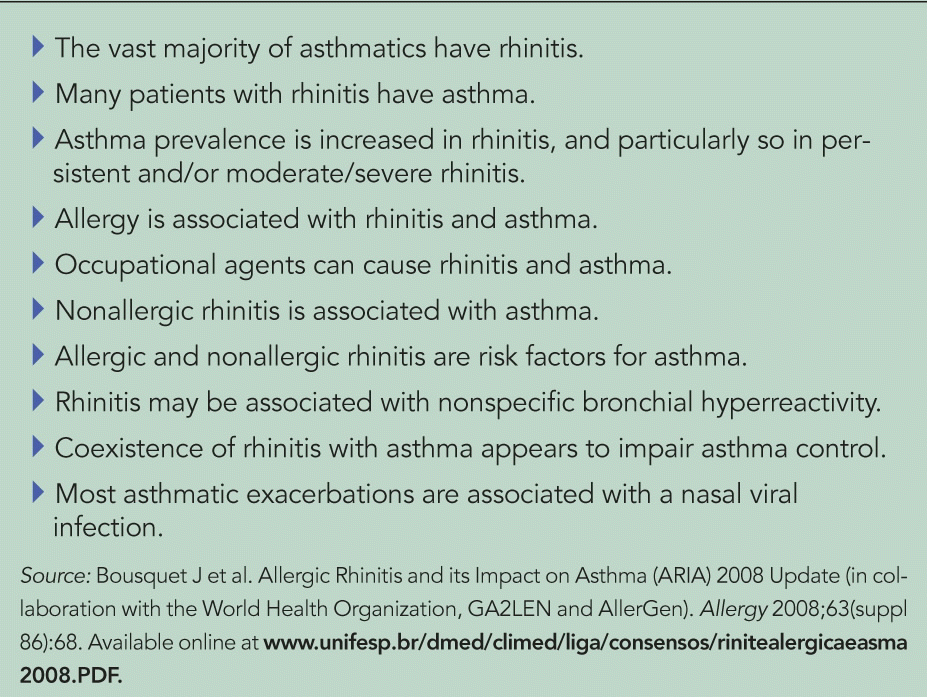
For otolaryngologists, who are often the first-line of defense in diagnosing and treating many common respiratory ailments, differentiating the potential culprits behind sneezing, wheezing, stuffy nose, heavy chest, and chronic cough demands an ever-growing need to recognize and identify underlying conditions that include allergies and asthma.
In this age of increasing reliance on diagnostic technologies to better see pathologies of the body, there is a confounding problem of seeing too much, with too little understanding of what one is seeing and whether what one sees poses a problem.